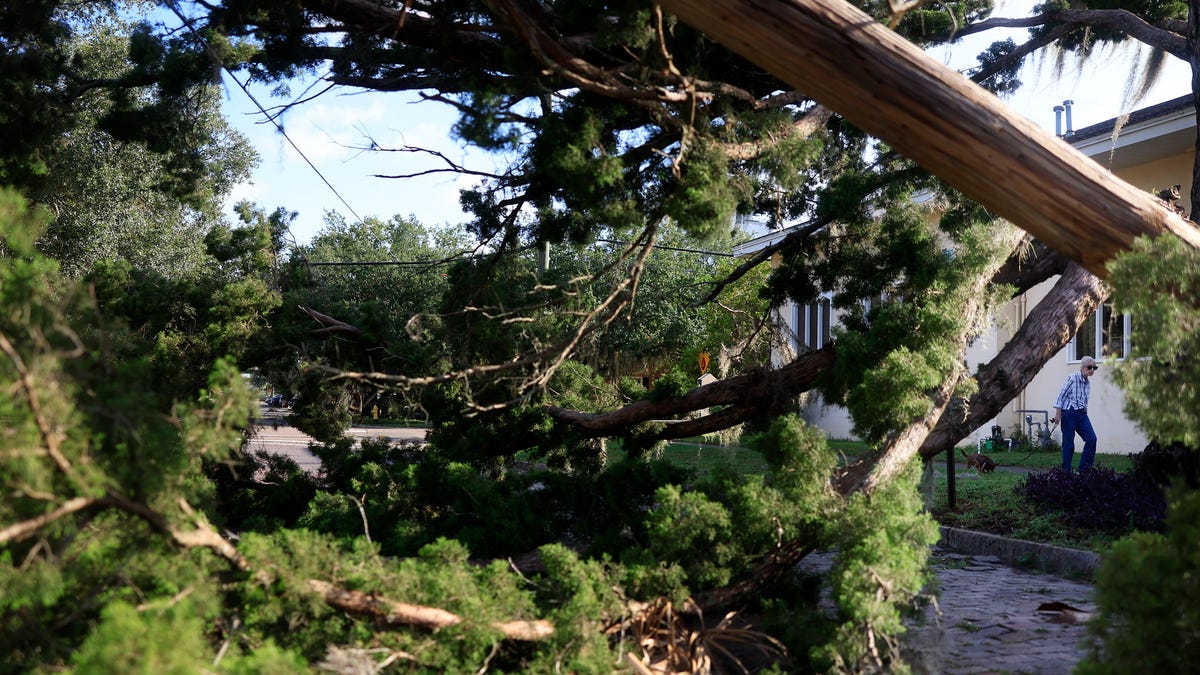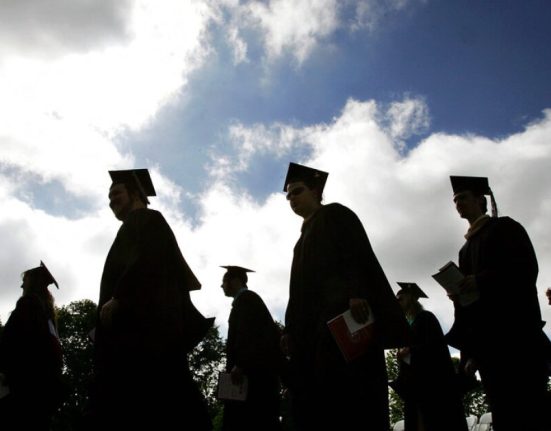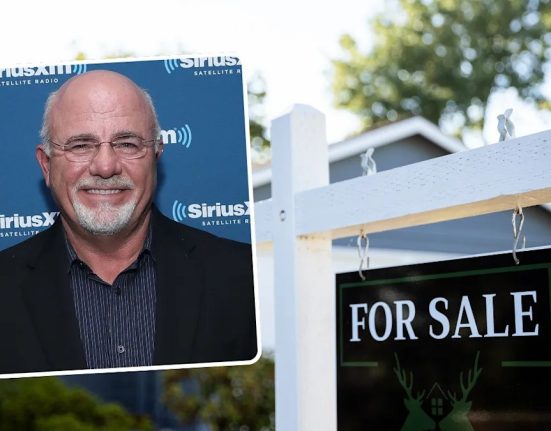Boneyard Beach at Big Talbot Island is Jacksonville’s secret beach
Erosion and tress combine for one of the most unique landscapes at Big Talbot Island State Park’s Boneyard Beach.
- Florida’s “no-fault” tree law means homeowners are generally not liable for tree damage caused by natural events like storms, unless negligence is proven.
- The failed “Fallen Tree Act” sought to shift liability to the tree owner regardless of negligence, but it did not pass the 2025 legislative session.
- Homeowners’ insurance typically covers damage from fallen trees, but may pursue reimbursement from the tree owner’s insurance if negligence is found.
- If a neighbor’s tree poses a risk, homeowners should document its condition, communicate with the neighbor, and consider professional assessment.
As hurricane season continues with sweltering temperatures, unpredictable storms, and strong winds unsettling trees across Florida, the risk of falling branches and uprooted trees is front of mind for many residents.
Last year’s double blow of hurricanes exposed a little-known reality: under Florida’s current “no-fault” tree law, if a neighbor’s tree crashes onto your property and causes damage, you’re often left footing the bill. Hoping to change that, state lawmakers introduced two bills this year to shift liability to the tree’s owner.
However, both measures — including the proposed “Fallen Tree Act,” which aimed to hold property owners responsible for tree-related damage regardless of negligence — ultimately failed to clear the 2025 legislative session.
The National Weather Service is now warning that rising ocean temperatures are fueling a greater risk for hurricanes as the season intensifies. With storms becoming more likely in the weeks ahead, and the “Fallen Tree Act” failing to pass, it’s a good time to understand what Florida’s “no-fault” tree law means and what to do when a neighbor’s tree falls on your property and causes damage.
What does Florida’s current law say? Who is responsible for fallen trees?
Florida law follows the principles of “natural conditions” and “reasonable care” when it comes to fallen tree liability. Unlike some states, Florida doesn’t automatically hold tree owners responsible when a tree falls. Instead, liability is determined case by case, based on factors like negligence, whether the owner knew the tree was hazardous, and whether the fall was caused by a natural event like a storm.
What is the ‘Massachusetts Rule’?
Florida currently follows the “Massachusetts Rule,” which says you can cut branches and roots of your neighbor’s tree if they are over your property line. But you can’t do anything about vegetation on your neighbor’s property that threatens yours, and if a tree or shrub falls onto your property, you have to clean it up, repair or replace whatever was crushed, and deal with the increased property insurance premiums or even cancellations.
The owner of the neighboring tree or shrub is only liable if there is a showing of negligence on their part, such as if the tree or its branches were dead.
Why are owners not liable for property damage? What is ‘The Act of God Defense’
Under Florida law, homeowners are generally not held liable for tree damage resulting from “acts of God” — such as hurricanes, tornadoes, or other severe weather events. Because these situations are considered beyond anyone’s control, the tree owner isn’t responsible unless there’s evidence of negligence, such as ignoring a known hazard.
Who pays for the damage?
Homeowner’s insurance of the damaged property would cover the costs. In most situations, if a tree falls due to natural causes — like high winds or storms — the affected neighbor’s homeowner’s insurance will typically cover the damage. Coverage usually includes:
- Repairs to structures such as homes, garages, and fences
- Vehicle damage (if covered under an auto policy)
- Tree removal costs
However, if the tree owner is found to have been negligent — for example, by ignoring a dead or dangerous tree — the neighbor’s insurance company may pursue reimbursement from the tree owner’s policy through a process called subrogation.
When would the tree owner’s insurance be responsible for covering damages?
If negligence is proven, the tree owner’s homeowner’s insurance may cover the damage to the neighbor’s property. However, if the owner is uninsured, they could be held personally responsible and may face a potential lawsuit to recover costs.
Is the city of Jacksonville or Duval County involved in falling trees?
If a tree falls from city or county land — or from an easement maintained by local government — the responsibility for cleanup and damage may fall on the municipality. However, filing a claim against a government agency can be complex and often involves specific legal procedures and limitations.
What to do if your neighbor’s tree poses a risk
According to Morgan & Morgan’s defense lawyers, if you notice that a neighbor’s tree appears hazardous, it is best to take proactive steps:
- Document the condition: Take pictures of dead branches, visible rot, or leaning trees.
- Communicate with your neighbor: Politely inform them about your concerns.
- Send a certified letter: If verbal communication fails, send a written request urging them to address the issue.
- Consult a professional: An arborist can assess whether the tree poses a significant risk.
- Notify your insurance company: If the tree does fall and causes damage, your insurer will guide you on next steps.
What to do if a tree falls on your property
If a neighbor’s tree falls on your home, vehicle, or property:
- Ensure safety: Avoid approaching the fallen tree if power lines are involved.
- Document the damage: Take clear photos from multiple angles.
- Contact your insurance company: File a claim if your policy covers tree-related damages.
- Get a professional assessment: An arborist or contractor can evaluate the extent of damage.
- Contact your neighbor if negligence is suspected: If they ignored a known hazard, you may seek compensation through their insurance or legal action.
What was the Fallen Tree Act?
Under HB 599 and SB 724, Property Owner Liability (also called the Fallen Tree Act), the liability for a tree or shrub that causes damage to a neighboring property would have moved to the person who owns it. Ownership would have been determined by where the tree or shrub is rooted into the ground.
The bill also would have allowed a property owner to remove a tree or shrub if it was growing on the boundary or property line between two or more parcels of land without getting permission from the other owner(s).
Under the three-page Fallen Tree Act, “A property owner on whose property a tree or shrub is located is liable for any damages to neighboring properties caused by the tree or shrub, or the branches thereof.”
The law would not have applied to property owners with areas greater than five acres.
What happened to the Fallen Tree Act?
On May 3. 2025, the two bills HB 599 and SB 724, Property Owner Liability (also called the Fallen Tree Act), were “indefinitely postponed and withdrawn from consideration,” so lawmakers could focus on the battle over the final 2025-26 state budget. Then on June 16, 2025, the bill died in the Civil Justice & Claims Subcommittee of the House.
Contributing: C.A Bridges, USA Today Network







